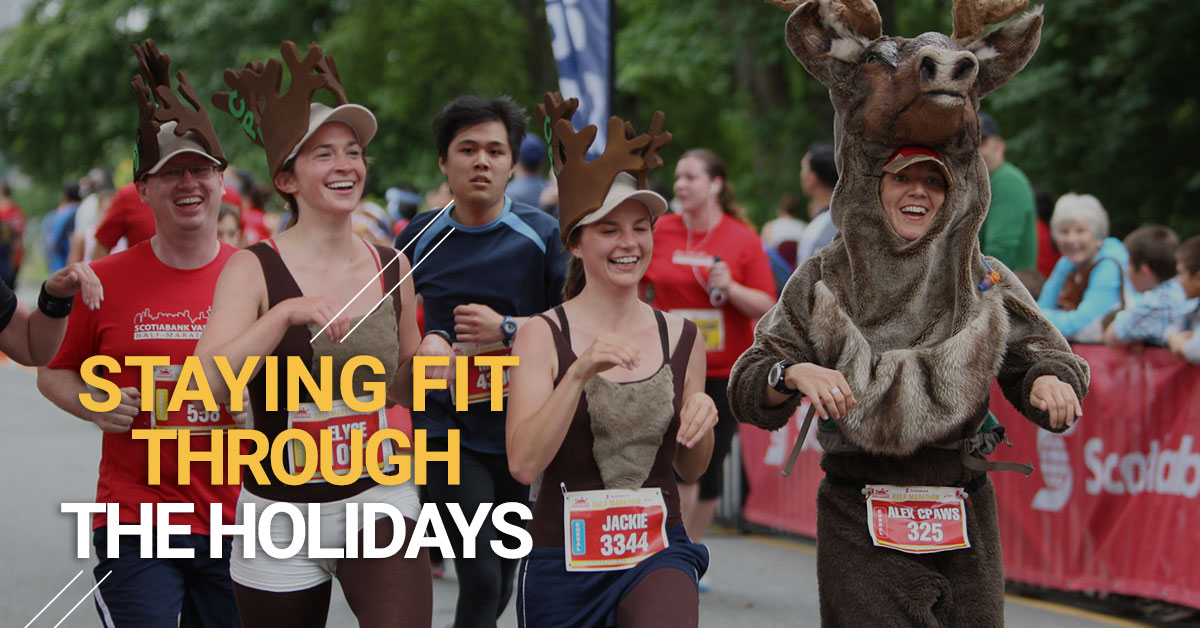
We’ve been catching up with local Vancouver Run Crews and every Friday we’re posting a quick Q & A with a new crew. Stay tuned over the coming weeks to find out about their favourite workouts and their go-to places for post-run food and drinks!
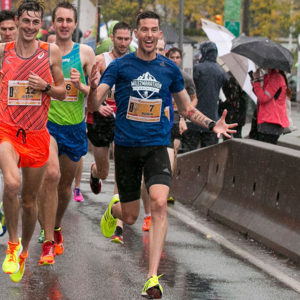 Mile2Marathon
Mile2Marathon
Favourite Workout – Our Tuesday night tempo runs are a fav. It’s usually 20-40 minutes of hard work. Most people don’t really know how to do a proper tempo run. So we try to help them figure that out. And when they start to find that groove it’s great. You finish exhausted but exhilarated.
Favourite Post-Run Spot – Musette Caffe. Owner Thomas Eleizegui has been kind enough to let us start/finish our runs from the cafe. They’ve got it all from coffee to beer. It’s an amazing space to hang out in before or after a nice run.
Website | Facebook | RunGuides.com Profile | Tuesday Nights & Saturdays
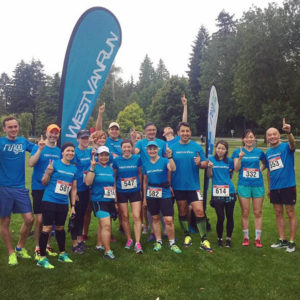 West Van Run Crew
West Van Run Crew
Favourite Workout – Thursday intervals, anything from 100m to 1k repeats. We like to stick together and internal workouts allow us to do just that. Working on speed & form is also something that runners of all levels need to do in order to improve.
Favourite Post-Run Spot – For our Saturday #runtimes we run from Cafe Crema and stay for coffee & treats after. On Thursdays, we run from Village Taphouse at Park Royal and always have dinner/beers together after. They take great care of us and most of the time have a table with pitchers of water ready for us when we return from our workout. The social aspect is a huge part of our crew and even when people can’t run, you’ll find them coming by after the runs to say hi and catch up.
Facebook Group | RunGuides.com Profile | Thursday Nights & Saturday Mornings
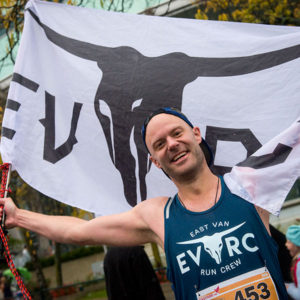 East Van Run Crew
East Van Run Crew
Favourite Workout – Uhhh, we don’t really do structured work-outs at EVRC. We like to keep it pretty social on Monday nights and create a welcoming environment for runners of all abilities. On occasion you might see us sprinting up East 1st Ave towards Red Truck, at Empire Fields doing the odd lap of their odd lap or on a treadmill if there is a charitable running event happening in any dodgy warehouses around town.
Favourite Post-Run Spot – We usually meet at breweries in and around East Vancouver. Our mainstay has been Red Truck over the past year but other favourites include R&B, Big Rock, Strange Fellows, Parallel 49, Callister, Postmark & anywhere else where the beer flows like wine and beautiful women instinctively flock like the salmon of Capistrano.
Facebook Page | RunGuides.com Profile | Monday Night Group Runs
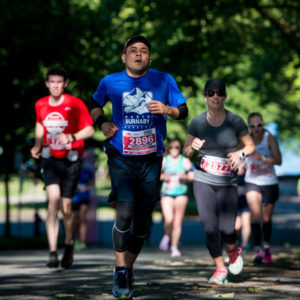 North Burnaby Runners
North Burnaby Runners
Favourite Workout – Our favorite run is our Wednesday night social run. We are an inclusive group and provide varied pace groups so there is something for everyone. The social run allows runners to go at their own pace and log some extra miles. For some this is the only run of the week and for others it an easy social pace run to break up some of the more challenging runs in their training plan.
Favourite Post-Run Spot – We always start and finish together and we take breaks along the way to re group. Our favorite meeting spot is Dageraad Brewing. Just a short walk from the Production skytrain station, this small brewery has a lot of character and treats us like family. They always have water waiting for us on the table when we are done running and most of the time they stay open later just for us. We love other destination runs but Dageraad is definitely our home base.
Facebook Page | Wednesday Group Runs
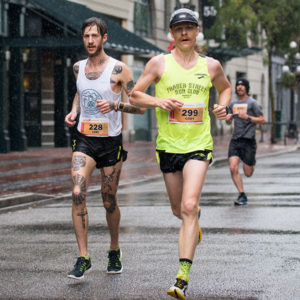 Fraser Street Run Club
Fraser Street Run Club
Favourite Workout – Intervals on the Grouse Grind. I find doing a full, non-stop, hard Grouse Grind effort is often too long of a workout, so I like to break it up into 1/4. I’ll use the actual 1/4 trail markings and will take 1 minute rest for every 5 minutes it took be to do that quarter. For example: if it took me 15 minutes to do the first 1/4 I’d rest 3 minutes, but if it only took my 10 minutes for the second 1/4 I’d rest 2 minutes.
Favourite Post-Run Spot – One of our favourite places to go after a FsRC Feel Good Friday run is Sal y Limon on Kingsway & Fraser. It’s got great authentic Mexican food and easy to fit a large group of people.
Website | Track Tuesdays & Feel Good Fridays


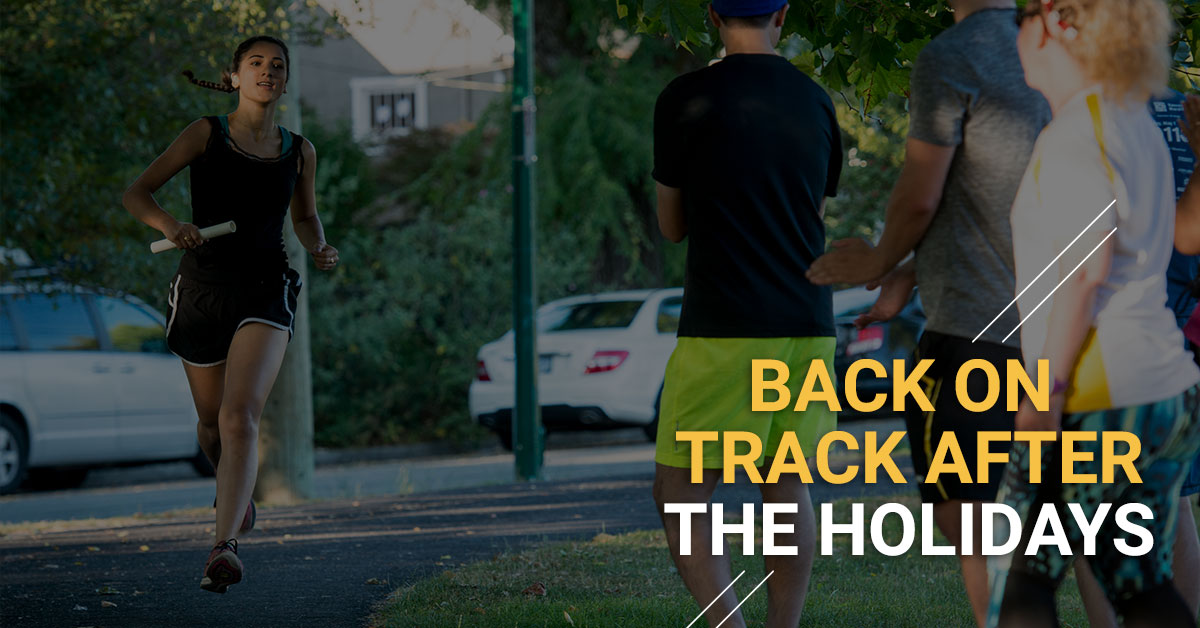
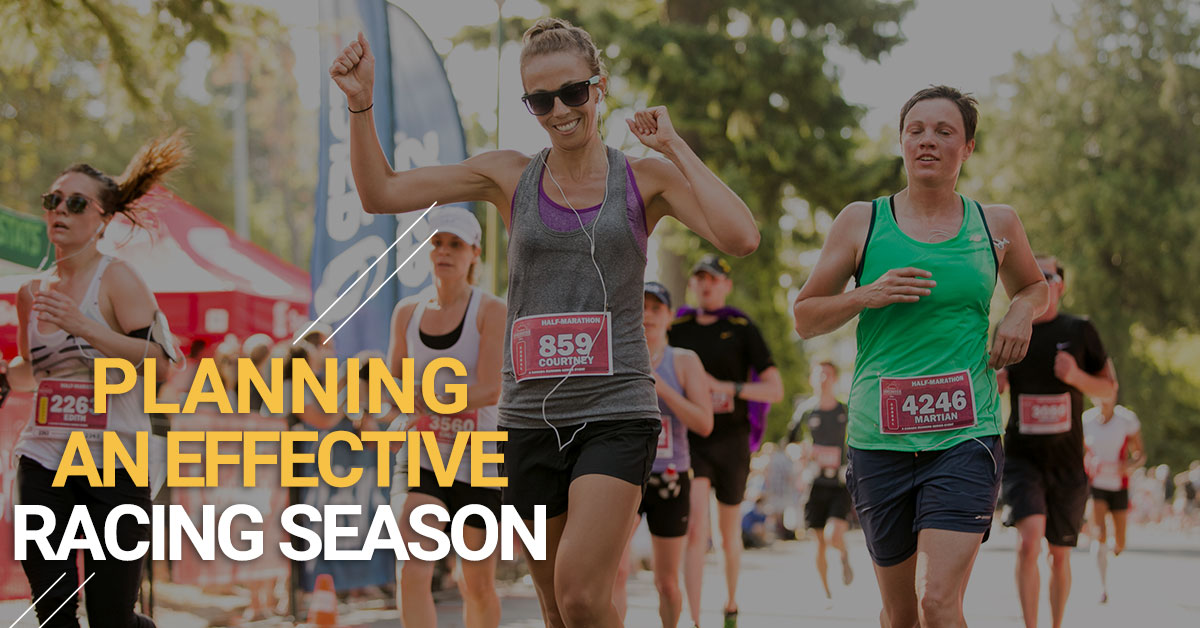
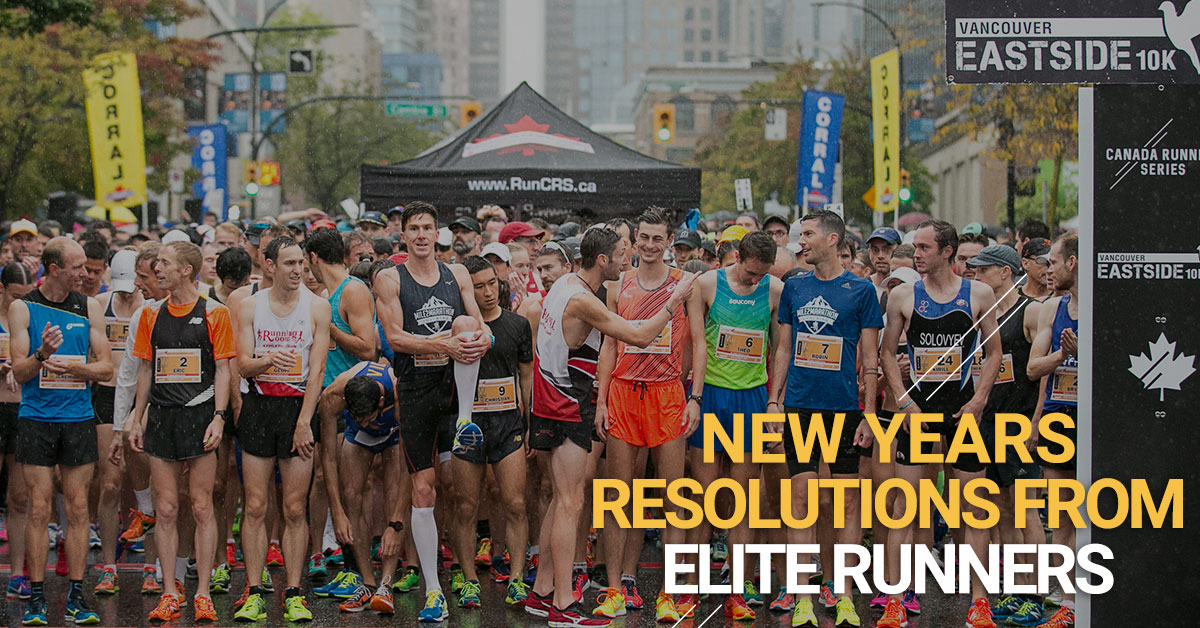
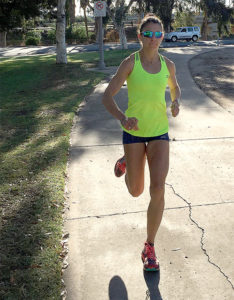 Natasha LaBeaud Anzures:
Natasha LaBeaud Anzures: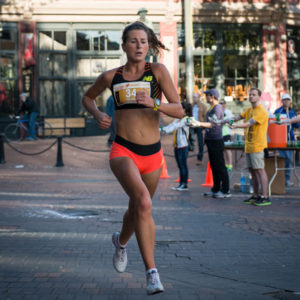 Dayna Pidhoresky:
Dayna Pidhoresky: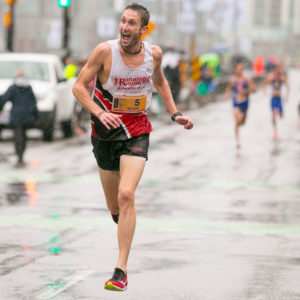 Kevin Coffey:
Kevin Coffey: Dylan Wykes:
Dylan Wykes:
